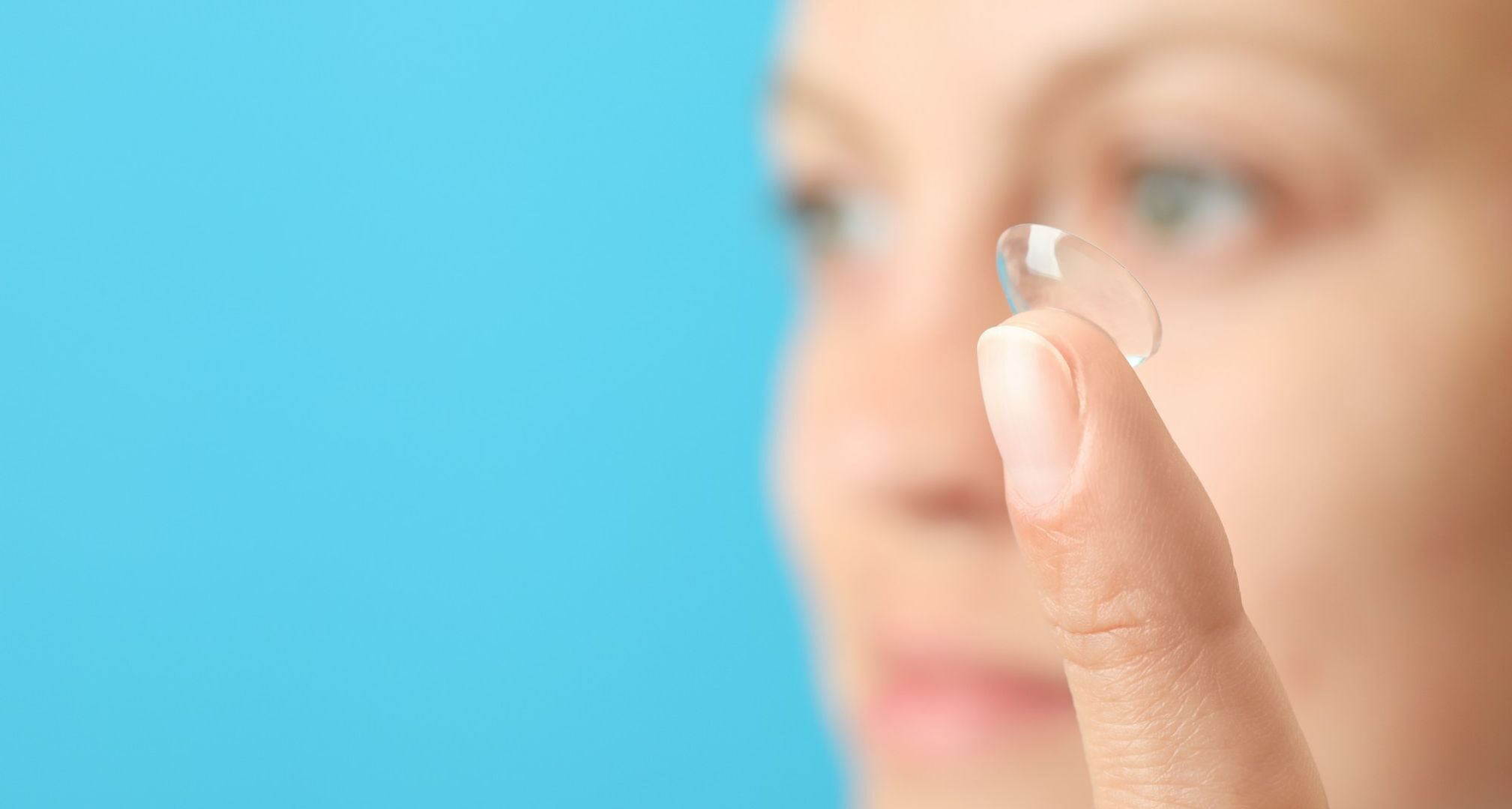Are you struggling with mastering the art of inserting and removing contact lenses without any mishaps? It’s crucial to know the proper techniques for handling and caring for your contact lenses to avoid infections, corneal scratches, and other serious eye issues. With proper guidance and practice, you can easily and safely insert and remove your contact lenses without any discomfort or risk of eye damage. In this informative blog post, we will provide you with step-by-step instructions, essential tips, and important precautions to ensure that you are confidently and safely managing your contact lenses on a daily basis. Whether you are a seasoned contact lens wearer or a newbie, these guidelines will help you maintain healthy, happy eyes.
Key Takeaways:
- Proper Handwashing: Always wash your hands thoroughly with soap and water before handling your contact lenses. This helps to prevent any dirt or bacteria from getting onto your lenses, which could potentially cause an infection.
- Gentle Techniques: When inserting and removing your contact lenses, be gentle and avoid any sudden or forceful movements. This can help prevent any damage to your eyes or the lenses themselves.
- Regular Cleaning and Replacement: It’s important to clean and disinfect your contact lenses as directed by your eye care professional. Additionally, be sure to replace your lenses as recommended to avoid any potential irritation or infection.
Preparing to Handle Contact Lenses
Some people may find it intimidating to handle contact lenses at first, but with proper preparation and knowledge, it can become a routine part of your daily life. Preparing to handle contact lenses involves ensuring good personal hygiene and having the right tools and environment for inserting and removing them.
Hand Washing and Hygiene
Washing your hands with soap and water is crucial before handling contact lenses. Use a mild, non-moisturizing soap and dry your hands with a lint-free towel to avoid any residue transferring onto the lenses. It’s important to thoroughly wash and rinse your hands to remove any dirt, oils, or bacteria that could potentially cause irritation or infection when in contact with the lenses.
Remember to avoid using products with perfumes, oils, or moisturizers as they can leave a residue on your hands and transfer onto the lenses. Avoid using hand sanitizer as it may contain ingredients that can be harmful to the eyes. Good hand hygiene is essential to prevent any contamination to the lenses and minimize the risk of eye infections.
Preparing the Lenses and Storage Case
To prepare the lenses and storage case, it’s important to ensure that they are clean and properly maintained. Before inserting the lenses, carefully rinse them with fresh solution and gently rub them with your fingers to remove any debris or build-up. Additionally, make sure to inspect the lenses for any damage or tears before inserting them into your eyes. Always remember to store the lenses in a clean, dry case with fresh solution to maintain their quality and reduce the risk of contamination.
Hygiene and proper care of the storage case are essential to prevent the growth of harmful bacteria and fungi that can lead to eye infections. It’s recommended to replace the storage case regularly, at least every three months, to ensure a clean and bacteria-free environment for your lenses.
Inserting Contact Lenses
Clearly, inserting contact lenses can be a tricky process, especially for first-time users. However, with the right technique and a little practice, it can become second nature.
Positioning the Lens on the Finger
An important first step in inserting contact lenses is properly positioning the lens on the tip of your finger. Using a clean, dry finger, carefully remove the lens from its case and place it gently on the pad of your index finger. Making sure the lens is not inside out, indicated by the edges facing upward, will prevent discomfort once it’s on your eye. Avoid using sharp objects or your fingernails to handle the lens, as this can cause damage and lead to irritation when wearing it.
Techniques for Safe Insertion
Lens insertion techniques can vary depending on personal preference and comfort level. Some people find it easiest to use their non-dominant hand to hold their upper eyelid open while using their dominant hand to place the lens on their eye. Others prefer to use a mirror for better visibility, tilting their head back while looking into it and using their other hand to hold their lower eyelid down. Experimenting with different techniques will help you determine the most comfortable and effective method for safely inserting your contact lenses.
Safe insertion of contact lenses is crucial to prevent damage and infection. It is important to always wash your hands with soap and water before handling your lenses, and to use a proper lens solution for cleaning and storing them. Practicing good hygiene and using gentle, controlled movements will help ensure a positive experience with your contact lenses.
Removing Contact Lenses
Not properly removing your contact lenses can lead to discomfort, irritation, and even damage to your eyes. It is important to follow the correct steps to ensure safe and effective removal.
The Importance of a Clean Environment
The environment in which you remove your contact lenses is crucial for preventing infection and irritation. Always wash your hands thoroughly with soap and water before touching your contact lenses. It is also important to work in a well-lit and clean area to avoid dropping or losing your lenses.
Step-by-Step Guide to Gently Removing Lenses
With clean hands, follow this step-by-step guide to gently remove your contact lenses:
| Step 1 | Look upwards and use your non-dominant hand to gently hold your upper eyelid while using your dominant hand to hold down your lower eyelid. |
| Step 2 | With a steady hand, use your other hand’s thumb and index finger to gently pinch the lens and lift it off the eye. |
Clean and store your lenses properly after removal to ensure they stay in good condition and to avoid any risk of contamination.
Common Questions and Troubleshooting
Keep in mind that it’s normal to have some initial discomfort when you first start wearing contact lenses. However, if the discomfort persists or if you experience any pain, redness, or excessive tearing, it’s important to remove your contacts and consult with your eye care professional. Additionally, if you’re experiencing dry eyes while wearing your lenses, there are steps you can take to alleviate the discomfort.
Dealing with Discomfort and Dry Eyes
One of the most common issues contact lens wearers face is dry eyes. This can be caused by environmental factors, such as dry air or air conditioning, as well as by wearing contacts for extended periods of time. To help alleviate dryness, you can use preservative-free lubricating eye drops specifically designed for use with contact lenses. Additionally, taking regular breaks from wearing your contacts and using a humidifier in your living or work space can help to alleviate dry eyes.
What to Do if the Lens Gets Stuck
With contact lenses, there is always a possibility that a lens may get stuck on your eye. If this happens, it’s important to remain calm and avoid rubbing your eye. First, try to blink several times or use some lubricating eye drops to help the lens move. If this doesn’t work, gently massage your eyelid over the lens or look in the opposite direction of where the lens is stuck to help dislodge it. If the lens still won’t budge, seek help from your eye care professional.
What to Do if the Lens Gets Stuck emphasizes the importance of remaining calm and avoiding any actions that could cause further irritation or damage to the eye. Contact lens wearers should also be familiar with techniques for dislodging a stuck lens, such as blinking, using lubricating eye drops, and gently massaging the eyelid.
Conclusion
On the whole, understanding the proper technique for inserting and removing contact lenses is crucial for maintaining good eye health. By following the steps outlined in this guide and being diligent about hygiene, individuals can minimize the risk of eye infection and irritation. It is important to always consult with an eye care professional for personalized guidance and to address any concerns about contact lens care. With the right knowledge and care, contact lenses can be a safe and convenient option for correcting vision.
FAQ
Q: Why is it important to wash hands before inserting or removing contact lenses?
A: It is crucial to wash your hands with soap and water before handling contact lenses to reduce the risk of transferring bacteria and viruses onto the lenses, which could lead to eye infections.
Q: How should I safely insert contact lenses into my eyes?
A: Begin by thoroughly washing and drying your hands. Then, place the lens on the tip of your index finger, ensuring it is not inside out. Use your other hand to hold your upper and lower eyelids open. Look straight ahead and gently place the lens onto your eye. Finally, blink a few times to center the lens on your eye.
Q: What’s the correct way to remove contact lenses without causing damage to my eyes?
A: First, wash and dry your hands, then look upward and pull down your lower eyelid with the middle finger of your dominant hand. Use the index finger of the same hand to touch the lower edge of the lens and slide it down to the white part of your eye. Pinch the lens gently between your thumb and index finger to remove it. Properly clean and store the lens after removal.






